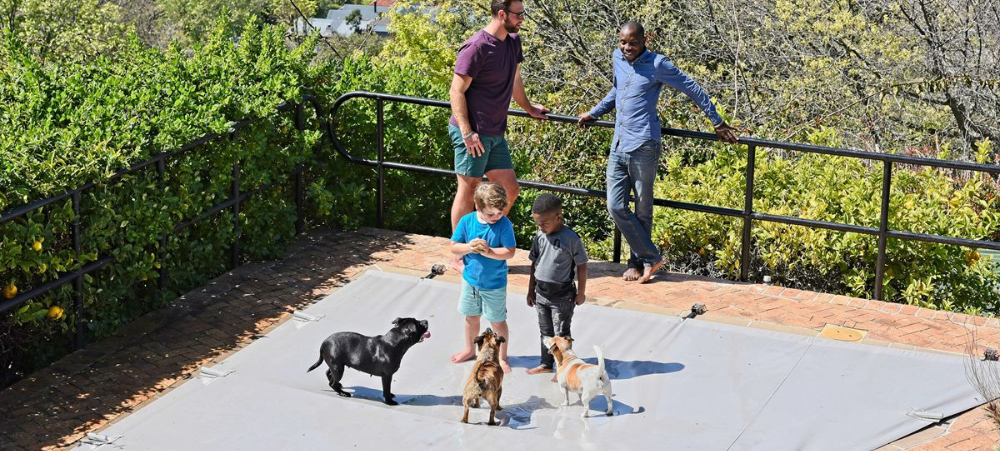No parent wants to see their child suffer at the hands of a bully. As much as we would like to shield them from horrible people, as parents, we have to be realistic. Our job is to prepare our kids for life in the real world and that means helping them learn how to cope with mean people.
The problem is that most parents don’t know how to actually help their kids aside from general platitudes like – stand up for yourself or ignore them. The question is, how does a modern educated parent approach the subject of bullying? We want more than theories and platitudes. We want a pragmatic approach that will actually work for our children.
It turns out that there is a very pragmatic approach that really does work. It is a compassionate approach based on the science of behavioral management. I studied cognitive psychology in college and spent time in a dolphin cognition research lab. While there I learned about operant and classical conditioning. The way you extinguish a behavior in an animal using operant conditioning is the same way you get a bully to stop. Not by punishing bad behavior, but by not rewarding it.
It turns out that animals and bullies treat negative reinforcement as reinforcement. In order to get bullying to stop, you need to not reinforce the bully at all. This is hard to do because, bullies are really good at getting you to respond, that’s why they do what they do.
What we need to teach our children is practical things they can do and say that will help them respond without rewarding the bully. It isn’t enough to say – stand up for yourself or ignore them. Kids need to be told specifically, here is what you need to say, and here is how you say it, now let’s practice it so you can say it under the pressure of active bullying. Most kids can pick up these skills pretty quickly when presented in such a pragmatic way.
The key to this approach is to help your child develop a neutral emotional response to the actions of a bully. The best way to do that is to practice and cultivate compassion. It’s hard to do because we are often so involved in our own hurt that we don’t want to let go enough to think compassionately about others. But it is precisely when we let go of our hurt that we are able to respond in a more neutral way because, we are no longer thinking about our pain, we are now thinking about the pain of another. Compassion really is a powerful emotion.
Finally, what we know from behavior research is that it isn’t enough to not reward a bully; you have to actually be prepared for what is known as an extinction burst or a blowout. Basically, when you take away an animal’s reward, they don’t give it up without a fight. They work harder and become more aggressive to get their reward. In other words, when you stop reinforcing a bully, they get more aggressive for a period of time before they give up their bad behavior.
This well-known extinction dynamic is the main reason why most kids give up trying to get bullying to stop. They make a good faith effort to do what the adults counsel them to do, it makes their problem worse, not better, so they give up. However, when a child is told to expect this escalation as natural part of the process of eliminating the behavior, they are better equipped to handle the escalation and ride it out until it goes away.
Again, they key to doing this successfully is having the right frame of mind and that requires compassion.
- A Pragmatic Response to Bullying - March 20, 2017





